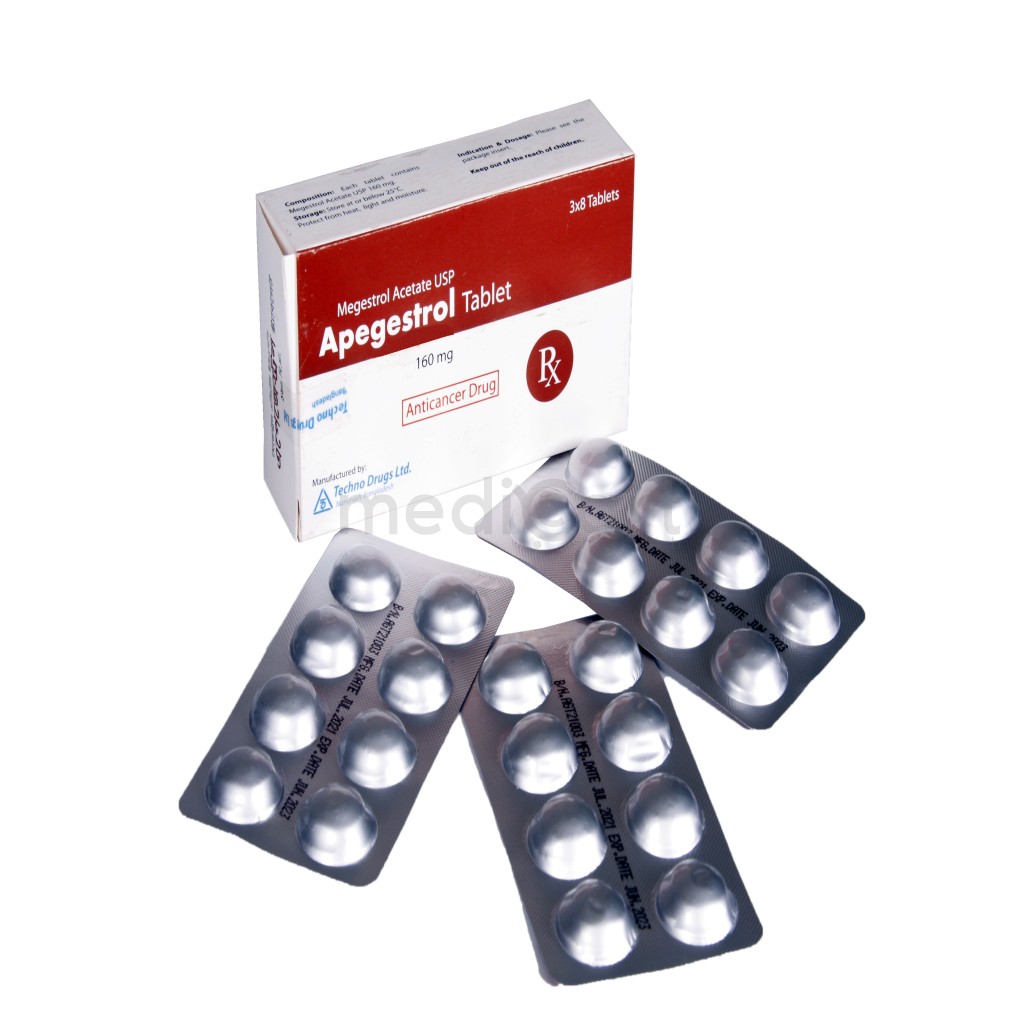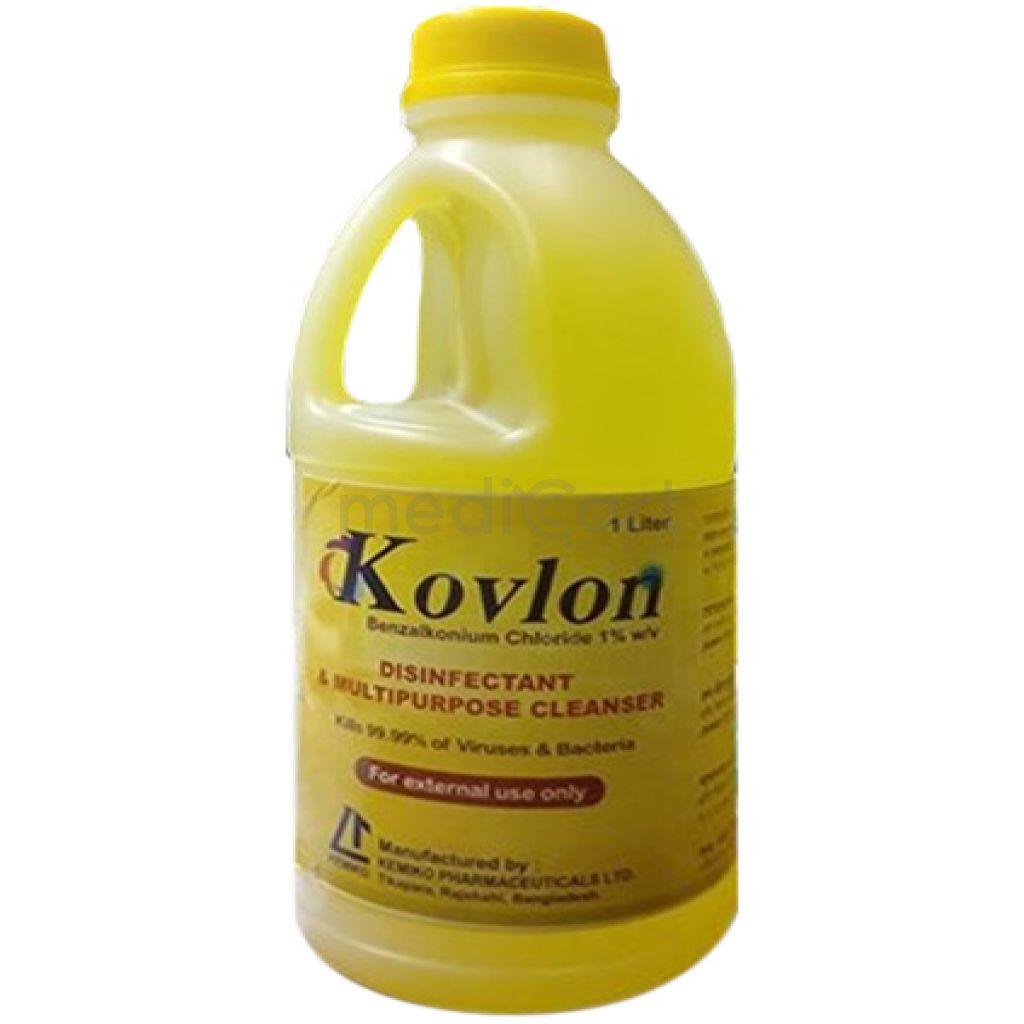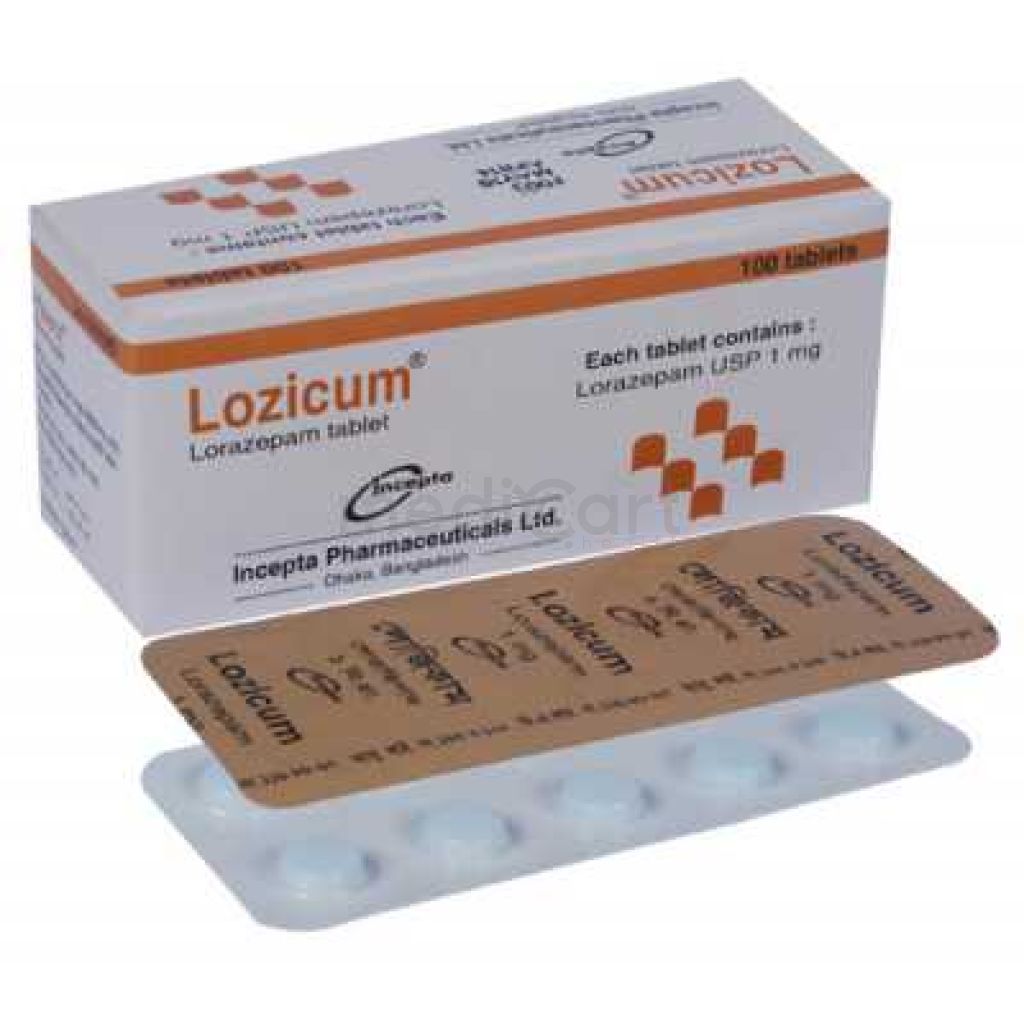

* Delivery will be done in Dhaka city only.
More Information About - Ifamide 2 gm Inj & Mesna Inj
Description
Generic Name
Ifosfamide
Precaution
Hepatic or renal dysfunction, compromised bone marrow reserve. Use with mesna and ensure high oral/IV fluid intake to reduce urotoxic effects. Lactation: excreted in breast milk, do not nurse
Indication
Breast cancer, Lung cancer, Ovarian cancer, Lymphoma, Testicular cancer, Soft tissue sarcoma, Osteogenic sarcoma, Cervical cancer
Contra Indication
Hypersensitivity; severe bone-marrow depression. Pregnancy, lactation.
Dose
N/A
Side Effect
>10% Alopecia (83%),Nausea (58%),Vomiting (58%),Leukopenia (50%),Hematuria (46%),Metabolic acidosis (31%),Thrombocytopenia (20%),CNS toxicity (12%),Neurotoxicity (10-20%) 1-10% Infection (8%),Nephrotoxicity (6%) Potentially Fatal: Severe myelosuppression, haemorrhagic cystitis, nephrotoxicity, cardiotoxicity, coma.
Pregnancy Category
Name : D
Description
There is positive evidence of human fetal risk based on adverse reaction data from investigational or marketing experience or studies in humans, but potential benefits may warrant use of the drug in pregnant women despite potential risks.Mode of Action
Ifosfamide is converted to its active metabolites via hepatic microsomal enzymes. These active metabolites act as alkylating agents, disrupting DNA and protein synthesis of the target cells. It is routinely given with mesna to reduce urothelial toxicity.
Interaction
Causes enhanced toxicity with allopurinol, cisplatin. Ifosfamide enhances the anticoagulant effect of warfarin. CYP2A6 inducers (e.g. amobarbital, pentobarbital, phenobarbital, rifampin and secobarbital) may reduce serum levels of ifosfamide while the inhibitors (e.g. isoniazid, methoxsalen and miconazole) may increase its serum levels. CYP3A4 inducers (e.g. aminoglutethimide, carbamazepine, nafcillin, nevirapine, phenobarbital, phenytoin, and rifamycins) may reduce serum levels of ifosfamide while the inhibitors (e.g. azole antifungals, clarithromycin, diclofenac, doxycycline, erythromycin, imatinib, isoniazid) may increase its serum levels.
Pregnancy Category Note
Pregnancy Category: D Lactation: excreted in breast milk, do not nurse
Adult Dose
Intravenous Germ cell testicular carcinoma Adult: 1.2 g/m2/day for 5 days via slow infusion over at least 30 minutes, repeat treatment every 3 wk or after recovery from haematological toxicity. To be given with mesna and adequate hydration of at least 2 L of oral or IV fluid per day. Lymphoma; Sarcoma; Solid tumours Adult: Different licensed dosage regimens are available. Regimen 1: 8-12 g/m2 divided over 3-5 days, repeat course every 2-4 wk. Regimen 2: 6 g/m2 divided over 5 days, repeat course every 3 wk. Regimen 3: 5-6 g/m2 (max: 10 g), give as a single 24-hr infusion, repeat course every 3-4 wkly.
Child Dose
Safety and efficacy not established
Renal Dose
Renal impairment: CrCl (ml/min) <10 Administer 75% of dose.
Administration
IV Administration Slow IV infusion over 30 min, or continuous infusion over 5 d Mesna should be administered concomitantly (20% of the ifosfamide dose 15 min before, 4 hr after, & 8 hr after ifosfamide administration) Adequate hydration (at least 2 L/day) before & for 72 hr after therapy is recommended to minimize risk of hemorrhagic cystitis Reconstitution: Add 20 ml of sterile water for inj or sterile bacteriostatic water for inj containing benzyl alcohol or parabens for each 1 g of the drug to produce solutions of 50 mg/ml.
Disclaimer
The information provided herein are for informational purposes only and not intended to be a substitute for professional medical advice, diagnosis, or treatment. Please note that this information should not be treated as a replacement for physical medical consultation or advice. Great effort has been placed to provide accurate and comprehensive data. However, Medicart along with its authors and editors make no representations or warranties and specifically disclaim all liability for any medical information provided on the site. The absence of any information and/or warning to any drug shall not be considered and assumed as an implied assurance of the Company.








